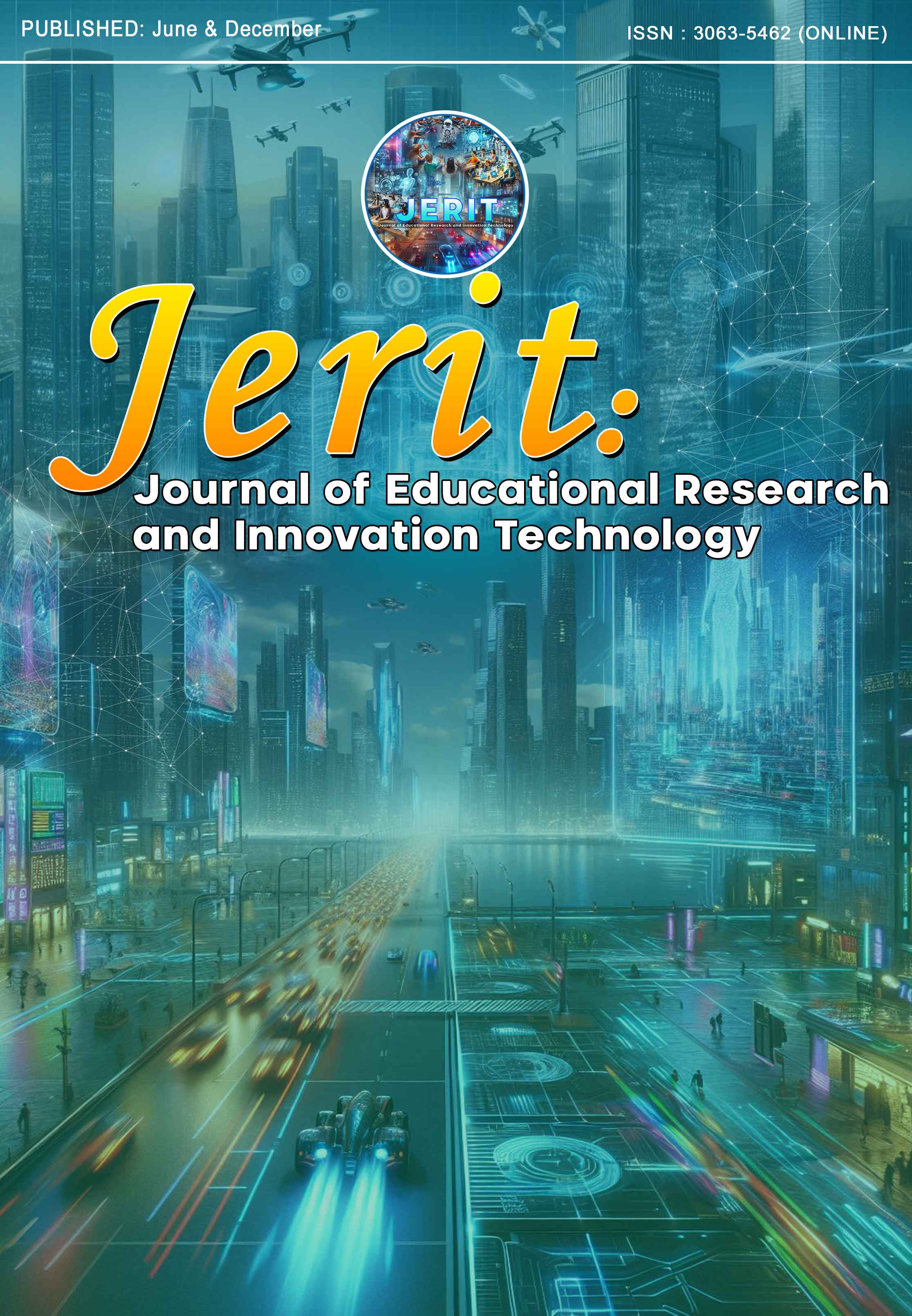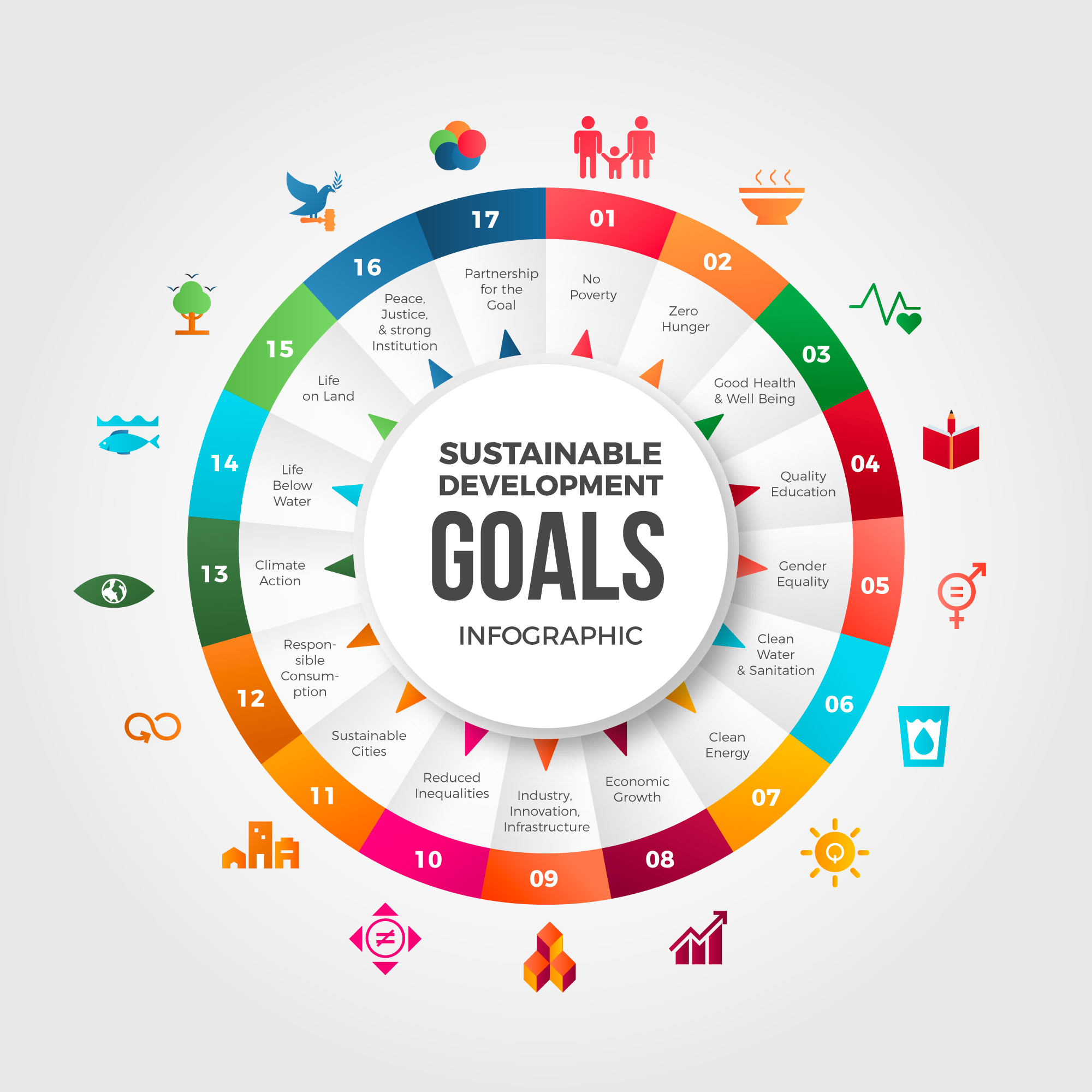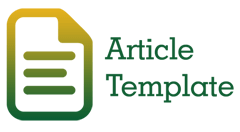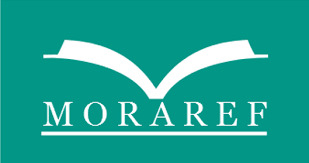Effectiveness of Blended Learning Strategy to Improving Students' Academic Performance
DOI:
https://doi.org/10.34125/jerit.v2i1.17Keywords:
Blended Learning, Academic Performance, Learning Motivation, Online Learning, Education.Abstract
Blended learning combines face-to-face instruction with online learning, designed to provide greater flexibility in the teaching and learning process. This study employs a qualitative approach with a case study method, involving students and teachers as research subjects. Data were collected through interviews, observations, and document analysis, including learning materials, exam results, and assignments given to students. The results of the study indicate that the implementation of blended learning has a positive impact on students' learning motivation, where students feel more motivated to learn independently and have the opportunity to review material at any time through online platforms. Blended learning also enhances the interaction between teachers and students, allowing students to ask questions and engage in discussions more freely. However, challenges such as limited internet access for some students and the lack of technological skills among some teachers reduce the effectiveness of this learning approach. In terms of academic performance, this study found that most students experienced improvement in their exam results and assignments after the implementation of the blended learning strategy, although some students faced difficulties in participating in online learning. Overall, blended learning proves to be effective in improving students' academic performance, as long as the existing challenges can be addressed, such as providing better internet access and offering technology training for teachers. This study suggests that Madrasah Aliyah Darunnajah Trenggalek continues to develop and utilize technology in learning to enhance the quality of education in the future.
Downloads
References
‘Azah, N., & Sholeh, M. I. (2024). Strategi Manajemen Pembelajaran Berbasis Teknologi untuk Meningkatkan Prestasi Siswa. AL MIKRAJ Jurnal Studi Islam dan Humaniora, 5(1), 523–544. https://doi.org/DOI: https://doi.org/10.37680/almikraj.v5i01.5911
Baharuddin, B., & Hatta, H. (2024). Transformasi Manajemen Pendidikan: Integrasi Teknologi Dan Inovasi Dalam Meningkatkan Efektivitas Pembelajaran. Jurnal Review Pendidikan Dan Pengajaran (JRPP), 7(3), 7355–7544.
Cao, W. (2023). A meta-analysis of effects of blended learning on performance, attitude, achievement, and engagement across different countries. Frontiers in Psychology, 14, 1212056. https://doi.org/10.3389/fpsyg.2023.1212056
Cloete, A. L. (2017). Technology and education: Challenges and opportunities. HTS Teologiese Studies / Theological Studies, 73(4), 7 pages. https://doi.org/10.4102/hts.v73i4.4589
Creswell, J. W. (2007). Qualitative Inquiry& Research Design Choosing Among Five Approaches. SAGE Publications, 16(4). https://doi.org/10.1177/1524839915580941
Depita, T. (2024). Pemanfaatan Teknologi Dalam Pembelajaran Aktif (Active Learning) Untuk Meningkatkan Interaksi dan Keterlibatan Siswa. TARQIYATUNA: Jurnal Pendidikan Agama Islam dan Madrasah Ibtidaiyah, 3(1), 55–64. https://doi.org/10.36769/tarqiyatuna.v3i1.516
Effendi, M. (2016). Integrasi Pembelajaran Active Learning dan Internet-Based Learning dalam Meningkatkan Keaktifan dan Kreativitas Belajar. Nadwa: Jurnal Pendidikan Islam, 7(2), 283–309. https://doi.org/10.21580/nw.2013.7.2.563
Firmansyah, H. (2024). Penggunaan Media Pembelajaran Digital untuk Meningkatkan Minat Belajar Sejarah di Sekolah Menengah Atas. JIM: Jurnal Ilmiah Mahasiswa Pendidikan Sejarah, 9(2), 541–548. https://doi.org/10.24815/jimps.v9i2.30416
Gupta, T. (2023). Effective Teaching Strategies for Student Engagement in Online Education: A Meta-Analysis. Journal of Harbin Engineering University, 44(7).
Hermanto, Y. B., & Srimulyani, V. A. (n.d.). The Challenges of Online Learning During the Covid-19 Pandemic.
Hew, K. F., & Brush, T. (2007). Integrating technology into K-12 teaching and learning: Current knowledge gaps and recommendations for future research. Educational Technology Research and Development, 55(3), 223–252. https://doi.org/10.1007/s11423-006-9022-5
Kusumasari, P. R., Margunayasa, I. G., & Lasmawan, I. W. (2024). Game Edukasi Berbasis Pembelajaran Berdiferensiasi Pada Materi Sistem Pencernaan Manusia Kelas V SD. Jurnal Ilmiah Pendidikan Profesi Guru, 7(1).
Lisnawati, L., Kuntari, S., & Hardiansyah, M. A. (2023). Peran Guru dalam Penerapan Pembelajaran Berdiferensiasi untuk Menumbuhkan Minat Belajar Siswa pada Mata Pelajaran Sosiologi. AS-SABIQUN, 5(6), 1677–1693. https://doi.org/10.36088/assabiqun.v5i6.4086
Maesyaroh, A. (2024). Strategi Kepala Madrasah Aliyah Swasta Al Falah Wuluhan Jember Menuju Madrasah Unggul. JMPI: Jurnal Manajemen, Pendidikan, dan Pemikiran Islam, 2(1).
Masdar Limbong, Firmansyah, Fauzi Fahmi, & Rabiatul Khairiah. (2022). Sumber Belajar Berbasis Media Pembelajaran Interaktif di Sekolah: Learning Resources Based on Interactive Learning Media in School. Decode: Jurnal Pendidikan Teknologi Informasi, 2(1), 27–35. https://doi.org/10.51454/decode.v2i1.27
Melati, E., Fayola, A. D., Hita, I. P. A. D., Saputra, A. M. A., Zamzami, Z., & Ninasari, A. (2023). Pemanfaatan Animasi sebagai Media Pembelajaran Berbasis Teknologi untuk Meningkatkan Motivasi Belajar. Journal on Education, 6(1), 732–741. https://doi.org/10.31004/joe.v6i1.2988
Miles, M. B., Huberman, A. M., & Saldaña, J. (2014). Qualitative Data Analysis: A Methods Sourcebook. Sage Publications.
Minarti, S., Ma’arif, M. J., Manshur, A., ‘Azah, N., Sholeh, M. I., & Sahri, S. (2024). The Influence Of Teacher Training And The Use Of Educational Technology On The Effectiveness Of Islamic Education Learning At Man 1 Bojonegoro. Educational Administration: Theory and Practice, 30(4), 64–75. https://doi.org/10.53555/kuey.v30i4.1404
Muh Ibnu Sholeh, Siti Fatinnah Binti Ab Rahman, Nur ‘Azah, Sokip, Asrop Syafi’i, Muhammad Fathurr’Ouf, & Sahri. (2024). Optimizing The Use Of Learning Equipment To Improve Education At Man 2 Tulungagung. Edusiana Jurnal Manajemen Dan Pendidikan Islam, 11(1), 1–21. https://doi.org/10.47077/edusiana.v11i1.479
Nur Efendi & Muh Ibnu Sholeh. (2023). Manajemen Pendidikan Dalam Meningkatkan Mutu Pembelajaran. Academicus: Journal of Teaching and Learning, 2(2), 68–85. https://doi.org/10.59373/academicus.v2i2.25
Rosa, E., Destian, R., & Agustian, A. (2024). Inovasi Model dan Strategi Pembelajaran dalam Implementasi Kurikulum Merdeka. Journal of Education Research, 5(3).
Sabarudin, M., Al Ayyubi, I. I., Fitriyah, D., Diba, D. I. F., Setiawan, S. S. R., Sholeh, M. I., & Ho, P. V. P. (2024). ANALYSIS OF ISLAMIC RELIGION EDUCATION LEARNING ON INDEPENDENT CURRICULUM BASED ON SCHOOL ORIGIN. EDUMULYA: Jurnal Pendidikan Agama Islam, 2(1), 32–47. https://doi.org/10.59166/edumulya.v2i1.195
Sawitri, E., & Astiti, M. S. (2019). HAMBATAN DAN TANTANGAN PEMBELAJARAN BERBASIS TEKNOLOGI INFORMASI DAN KOMUNIKASI. In Prosiding Seminar Nasional Program Pascasarjana Universitas Pgri Palembang.
Seidman, I. (2006). Interviewing as qualitative research: A guide for researchers in education and the social sciences. Teachers College. Coloumbia University.
Shisakha, M. B., Njuguna, F. W., & Ogeta, N. (2024). Institutional Information Communication Technology Capacity influence on E-Learning Utilization for Instruction in Kenyan Universities. Msingi Journal, 8(1), 27–45. https://doi.org/10.33886/mj.v8i1.458
Sholeh, M. I. (2023). Change Management In Implementing The Samr Model As A Learning Transformation Tool For Teachers At Ma Darunnajah. Arfannur: Journal of Islamic Education, 4(3).
Sholeh, M. I. (2023b). Evaluation and Monitoring of Islamic Education Learning Management in Efforts to Improve Education Quality. Communautaire: Journal of Community Service, 2(2), 108–117. https://doi.org/10.61987/communautaire.v2i2.159
Sholeh, M. I., Lestari, A., Erningsih, E., Yasin, F., Saleh, F., Suhartawan, V. V., Pattiasina, P. J., Widya, A., Sampe, F., Fadilah, N. N., & others. (2024). Manajemen Kurikulum. CV. Gita Lentera. https://books.google.co.id/books?id=Ql8FEQAAQBAJ
Sulaiman, M. (2023). E-module Based on Blended Learning for Islamic Religious Education Learning. Indonesian Research Journal in Education| IRJE|, 7(1).
Syafi’i, K., & Ikwandi, M. R. (2023). Strategi Kepala Sekolah Dalam Meningkatkan Mutu Pendidikan Melalui Program Unggulan di SMK Kiyai Mojo Tembelang Jombang. JMPI: Jurnal Manajemen, Pendidikan, dan Pemikiran Islam, 1(2).
Versteijlen, M., & Wals, A. E. J. (2023). Developing Design Principles for Sustainability-Oriented Blended Learning in Higher Education. Sustainability, 15(10), 8150. https://doi.org/10.3390/su15108150
Whitworth, B. A., & Chiu, J. L. (2015). Professional Development and Teacher Change: The Missing Leadership Link. Journal of Science Teacher Education, 26(2), 121–137. https://doi.org/10.1007/s10972-014-9411-2
Wijaya, W. M., Syarifah, L. S., & David, T. (2024). Enhancing E-Learning in Vocational Schools: Key Characteristics of Instructional Design. Jurnal Akuntabilitas Manajemen Pendidikan, 12(1).
Yin, R. K. (2009). Case study research: Design and methods (Vol. 5). SAGE Publications.
Downloads
Published
How to Cite
Issue
Section
License
Copyright (c) 2025 JERIT: Journal of Educational Research and Innovation Technology

This work is licensed under a Creative Commons Attribution 4.0 International License.













